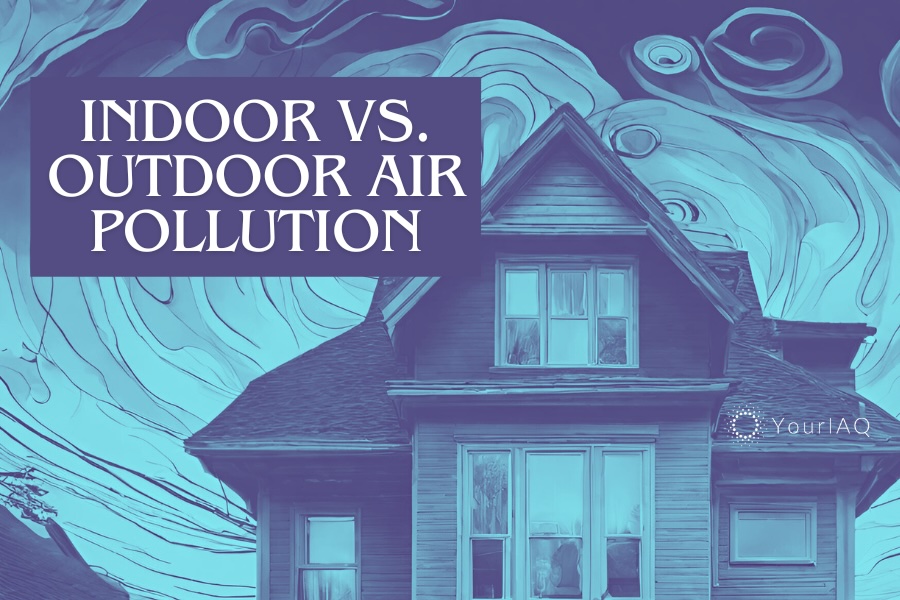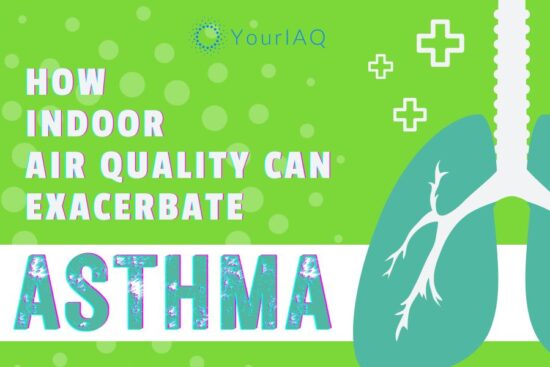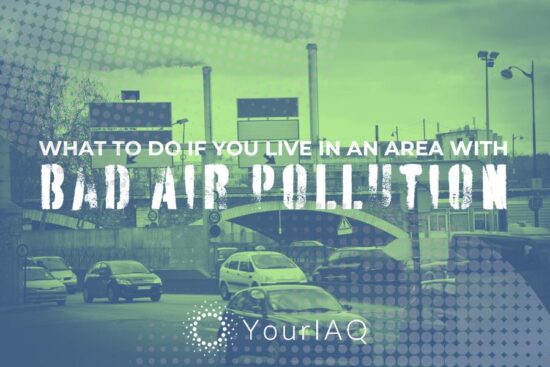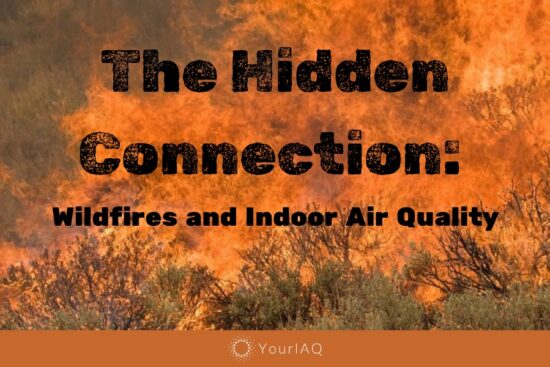
With increasing attention on environmental issues, it’s essential to grasp the connection between indoor and outdoor air pollution. The EPA reveals a startling statistic: indoor air pollutant levels can be 2 to 5 times higher than outdoor levels, and in some cases, even 100 times higher. Here we dive deep into the realm of air quality and demystify the relationship between indoor and outdoor air.
How Outdoor Pollutants Enter our Homes
Our homes, no matter how fortress-like we might make them, aren’t impenetrable. Windows, doors, and vents are the usual suspects, but even construction gaps and poorly sealed homes can invite external airborne pollutants inside. When we breathe in this mixed air, the distinction between “indoor” and “outdoor” becomes critical.
Types of Outdoor Pollutants that Affect Indoor Air Quality
Different culprits are at play when discussing outdoor pollutants. Fine particulate matter, notably PM2.5 and PM10, can easily penetrate homes. These minuscule particles, invisible to the naked eye, originate from car exhaust, industrial processes, and even forest fires. Alongside these, gaseous pollutants like ozone, nitrogen oxides, and volatile organic compounds (VOCs) add to the indoor vs outdoor air pollution conundrum.
The “Stack Effect” and Building Ventilation
Picture a chimney. As the air inside warms up, it rises, pulling cooler air from the bottom. This is called the “Stack Effect.” In tall buildings, especially, this effect can draw pollutants from outside, trapping them indoors. Effective building ventilation isn’t just about circulating air; it’s about ensuring that the air inside our spaces remains clean and healthy.
Health Impacts of Poor Indoor Air Quality from Outdoor Pollution
Respiratory distress, headaches, and fatigue are just the tip of the iceberg when it comes to the health hazards posed by poor indoor air quality. Chronic issues can emerge over time: respiratory diseases, heart conditions, and even lung cancer. Organizations like the World Health Organization (WHO) consistently highlight these concerns, urging everyone to take indoor air quality seriously.
Counteracting Outdoor Pollutants
With all the doom and gloom, here’s some sunny news: it’s not hard to take steps to mitigate ill effects. Air purifiers, especially those with HEPA and activated carbon filters, can effectively reduce outdoor pollutants. Moreover, cultivating a green thumb with houseplants like spider plants or peace lilies is a natural way to absorb pollutants. And, of course, regular home maintenance and sealing gaps can keep many unwanted guests out.
Monitoring Your Indoor Air Quality
Staying informed is half the battle. The American Lung Association encourages the use of indoor air quality (IAQ) monitoring devices. By regularly checking the quality of your indoor air, you can take swift and decisive actions before things spiral out of control.
Frequently Asked Questions:
What’s the main difference between indoor and outdoor air pollution?
Indoor pollutants often originate from sources inside the home, like household cleaners or cooking, while outdoor pollutants come from external sources, such as vehicles or factories. The latter pollutants often seep indoors.
Can plants really help improve indoor air quality?
Yes, plants like the spider plant, snake plant, and Boston fern are known to absorb certain pollutants and enhance air quality. However, it’s important to note that plants alone are unlikely to make a huge difference if you already have unhealthy levels of pollutants inside your home.
How often should I monitor my indoor air quality?
For best results, continuous monitoring using IAQ devices is recommended. This allows for real-time insights and timely actions.
Do all air purifiers remove outdoor pollutants effectively?
Not all. Ensure the purifier is equipped with a HEPA filter and activated carbon for comprehensive protection.
References
| Name | Description/Expertise | Link |
| World Health Organization (WHO) | An international agency that provides guidance on public health, including air quality. | WHO Air Quality |
| American Lung Association | A U.S.-based organization focused on lung health and clean air initiatives. | ALA Clean Air |
| U.S. Environmental Protection Agency (EPA) | The U.S. federal agency responsible for regulating and ensuring environmental protection, including air quality. | EPA Air Quality |
| Dr. Maria Neira | WHO Director, Department of Public Health, Environmental and Social Determinants. She’s a prominent voice on environmental health risks. | Dr. Maria Neira Profile |
| Dr. Joe Allen | Director of the Healthy Buildings program at Harvard University. Expert on building health and indoor air quality. | Dr. Joe Allen Profile |
| National Institute for Occupational Safety and Health (NIOSH) | U.S. federal institute responsible for conducting research and making recommendations for the prevention of work-related injuries and illnesses. Their studies often touch on indoor air quality in the workplace. | NIOSH Indoor Air Quality |







